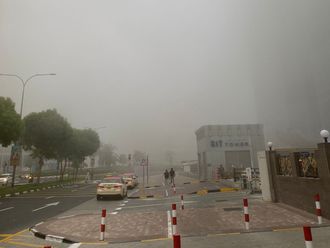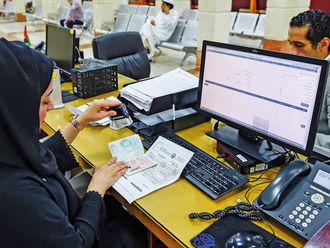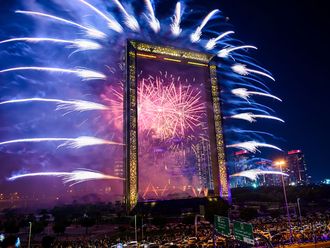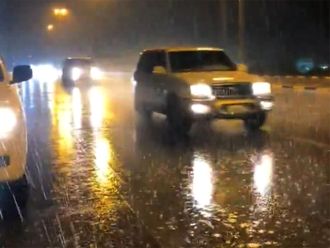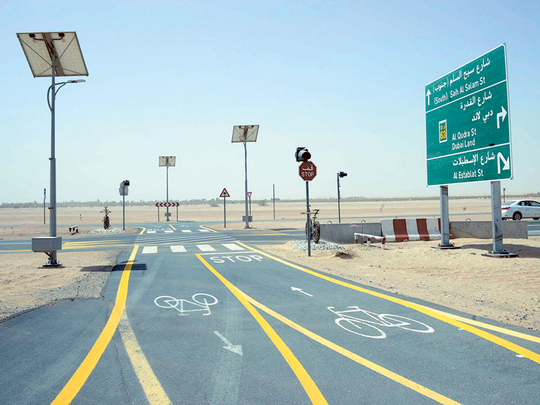
Dubai: Traffic officials say the long-awaited Dubai Cycling Track is on target for completion later this year.
The Roads and Transport Authority (RTA) on Saturday said it has completed more than 70 per cent of the bicycle path project which is expected to open to cyclist enthusiasts in October.
The pace of construction has been ramped up, said RTA, to complete the portion of track at Seih Assalam to Nad Al Sheba in order to link the new 23-kilometre stretch of track to existing cycling tracks across Dubai, officials said.
When the latest portion is complete, the RTA said the total length of cycling pathways in the emirate will top 178km.
Works include linking the track with the existing cycling lane of Seih Assalam at Al Qudra Road — the gate of Dubai Cycling Track — and extending it further in the direction of Emirates Road, Latifa Bint Hamdan Road, Shaikh Mohammad Bin Zayed Road, Al Barari and up to Nad Al Sheba, the RTA said in a statement on Saturday.
Mattar Al Tayer, Director-General and Chairman of the Board of Executive Directors of RTA, said the dedicated cycling tracks are being created under the directives of His Highness Shaikh Mohammad Bin Rashid Al Maktoum, Vice-President and Prime Minister of the UAE and Ruler of Dubai, to encourage residents and tourists to engage in healthy cycling.
“The cycling path at Seih Assalam includes the gate of the Dubai Cycling Track, several public utilities, outlets for renting bikes and accessories, a fully equipped medical clinic, and 10 rest points all along the biking lane fitted with seats and racks,” said Al Tayer. “In the last quarter of this year, the RTA will embark on the construction of a cycling path at the Marina to serve Dubai Tram users, and is also mulling the construction of cycling tracks in a number of residential areas. The construction of cycling tracks is intended to complement the construction of internal roads and pavements in residential areas, and link them with attraction points such as public parks and malls.”


